I love the ways simple foods pair so well together. Take beans and greens - humble, simple food enjoyed throughout the world. I love the way creamy white beans pair beautifully with the briny, mineral notes of kale and garlic. This White Bean and Kale Gratin makes a simple side dish, but is substantial enough to serve as a main course when paired with a light salad dressed with olive oil and vinegar.
Cooking with dry beans requires a little extra planning, as they benefit from soaking overnight in warm water which helps to make them easier to digest and quicker to cook. I save time in the kitchen by soaking a pound of dry beans or more, boiling them until tender and then freezing them for later use. You could also substitute canned beans in this recipe for dry beans if you're in a pinch.
Soak Your Beans for Better Nutrition
Beans benefit from soaking in hot water which makes them easier to digest and quicker to cook; even more, it makes their minerals more bioavailable and more easily absorbed. Soaking beans helps them to release raffinose, a type of carbohydrate that can cause digestive upset and gas.
Soaking also activates enzymes held within beans that deactivate food phytate, a natural component of beans that binds up minerals and prevents their full absorption. When you soak your beans, all those minerals that were previously bound by food phytate become a much more readily absorbed by your body - making beans all that much more nutritious.

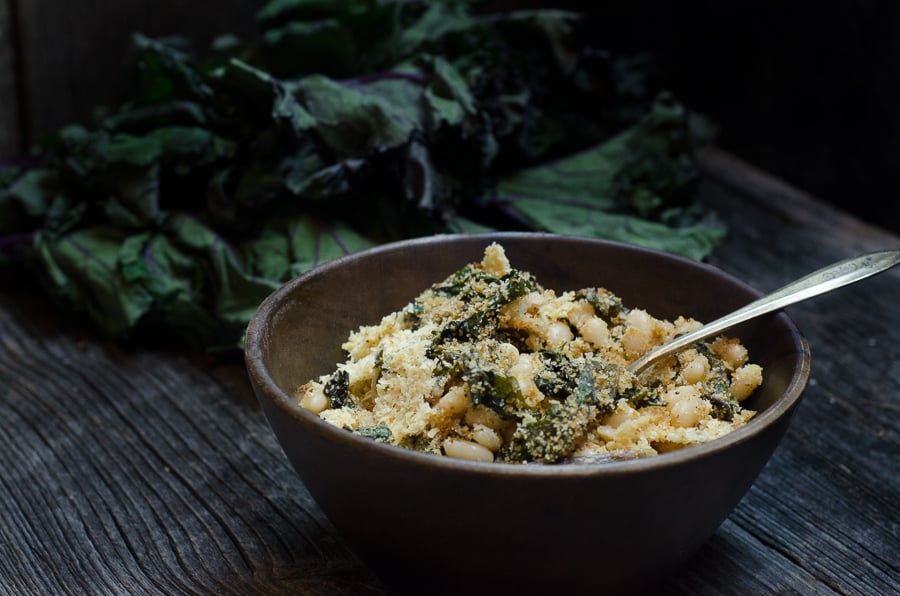
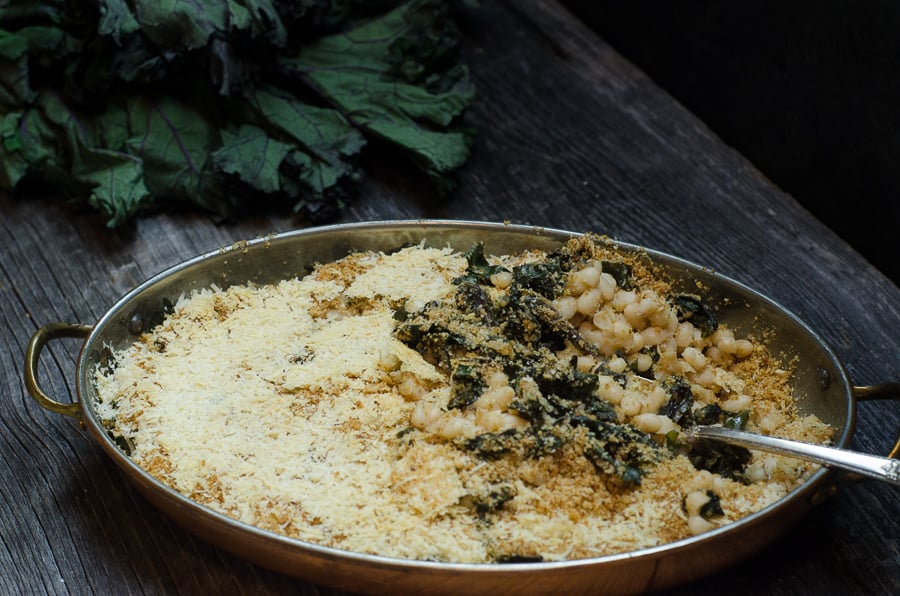
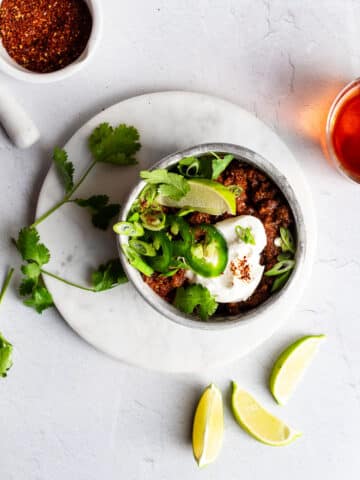
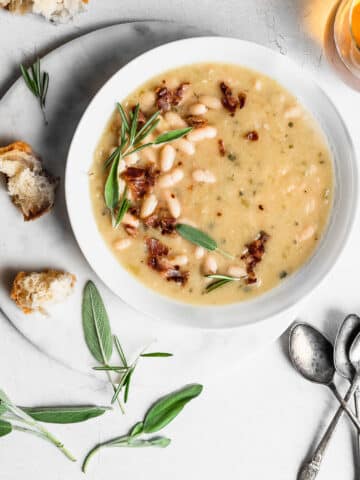
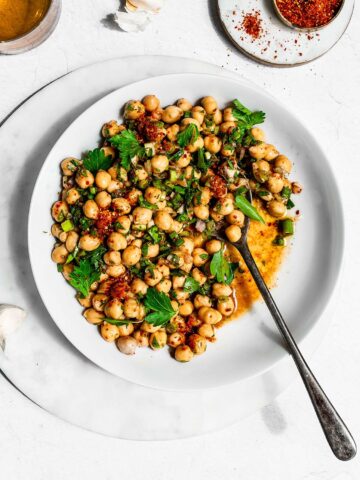
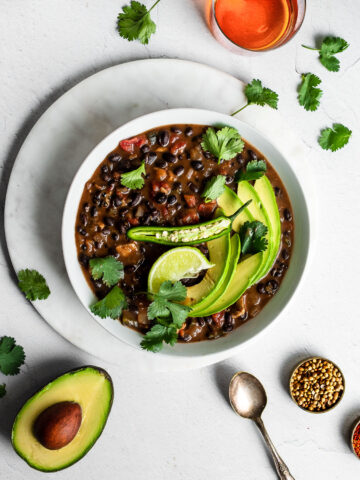
Donna says
I'm always looking for substantial, delicious recipes to add to my "keepers" file to feed the adults and kids at the table. With winter approaching, this one will be easy and healthy to enjoy all season long.
Sophia @ Little Box Brownie says
Yum, looks so inviting I could dig my fork straight in and not stop until the whole dish is gone.
Sophie says
Do you buy the beans in a can or not? I buy them canned and soaking them just destroys them.
Jenny says
No, I only buy dry beans.
lindi says
I've tried this (or something similar) before and it is good. But my family loves beans, anyway. I never thought of freezing beans that have been cooked til soft before. Doh. Good idea because I do forget to soak a lot. Sometimes I just throw them into the pressure cooker unsoaked and cook longer but I know that isn't really good - although I've never actually noticed any difference at the time. Then there is the boil and let soak a while method but if I'm in a hurry, I'm in a hurry.
Chris says
Looks delicious! Just a quick question, though: when you say to soak the beans in warm water overnight, how do you keep the water warm? Do you put the bowl in a dehydrator? Thanks!
Jenny says
Hi Chris,
Ideally, you might keep it in a food dehydrator or in the oven with the pilot light on. What I mostly do, though, for convenience sake is to pour warm water over the beans and not worry about its cooling.
Fiona Chain says
Hi Jenny,
I have just finished reading your first book, The Nourished Kitchen (I read cook books like novels), and I loved it. So many wonderful recipes and I just love your writing style, very warm and natural. This looks like another cracker of a recipe, simple flavours and full of goodness.
Thanks again
Fi
Laurie A says
I look forward to trying this. I make lots of kale salads, but have been looking for other recipes. As I grow kale in my garden, would you have an idea of how much a typical bunch of kale is? Would you think it would be 4 cups coarsely chopped... less? Thanks also for sharing about the International Year of the Pulses.
Jenny says
Hi Laurie,
I typical bunch of kale is about 8 ounces, or 6 ounces trimmed.